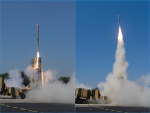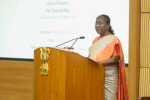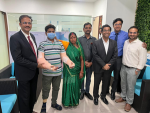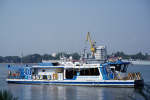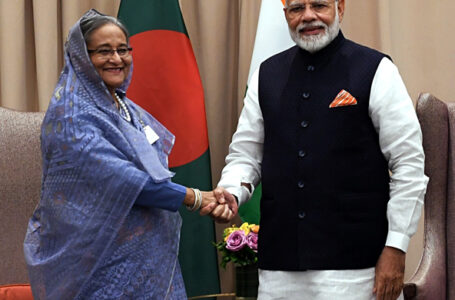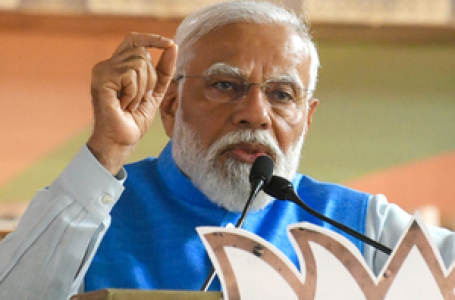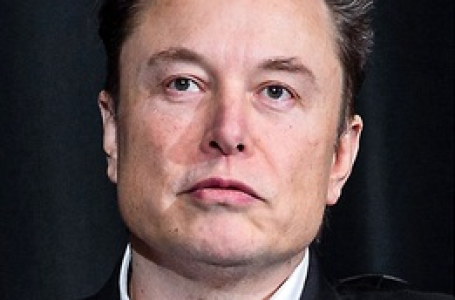Cells from man’s pancreas implanted in his liver
Milan, July 3 (IANS/AKI) In a path-breaking medical case, insulin-making beta cells were successfully removed from the pancreas of a 19-year-old motorbike accident victim and transplanted to his liver by doctors in Italy, saving the man from the risk of becoming diabetic.
In the pioneering case, surgeons at Brescia’s Civil Hospitals performed a laparoscopy to remove the head and tail of the man’s pancreas, which were irreparably damaged in the accident – and where most of the insulin-producing cells are concentrated.
Hours later, doctors from Milan’s San Raffaele Diabetes Research Institute (DRI) then worked through the night to extract the beta cells from the damaged ends of the pancreas which they received from the surgeons in Brescia.
The beta cells extracted in Milan by a team led by DRI director Lorenzo Piemonti were then sent back to surgeons in Brescia led by Guido Alberto Massimo Tiberio for implantation in the man’s liver tissue though the organ’s portal vein.
Just weeks after the operation, the transplanted beta cells began to produce insulin again, doctors said.
Three weeks after the terrible road accident, “the patient has been discharged from hospital in excellent overall condition”, doctors said.
“His glycemic profile, in particular, which was altered after the pancreatectomy, steadily improved and in the space of 24 hours returned to normal,” said the doctors.
The man will be monitored in the coming months to ensure the post-operation phase goes correctly, as well as to check the efficiency of the beta cells implanted in his liver, the doctors noted.
“In such cases, patient run a 10-20 percent risk of developing diabetes shortly after the operation. In the long term, however, this risk rises to 50 percent, radically affecting the patient’s quality of life.”
Top doctors involved in the case hailed the procedure.
“Until now there have been less than 10 cases worldwide in which this approach was used,” said Lorenzo Piemonti, director of Milan’s San Raffaele Diabetes Research Institute (DRI).
“This approach requires multidisciplinary abilities and expertise that can rarely be coordinated so urgently,” Piemonti added.
“It is the first such case in the world considering the combination of minimally invasive surgery to remove the pancreatic material and the isolation of the beta cells in a remote location.”
Guido Alberto Massimo Tiberio, who headed the team of surgeons at Brescia’s Civil Hospitals, praised the cooperation with the DRI which involved no less than 16 specialists, including doctors, chemists, biologists and nurses.
“The collaboration between the San Raffaele Hospital and the Civil Hospitals is a fine example of public and private health striving for excellence,” Tiberio said.
“It was possible due to networking abilities, to being used to carrying out complex procedures in emergency conditions and outside ordinary working hours – in the sole interest of the patient.”



